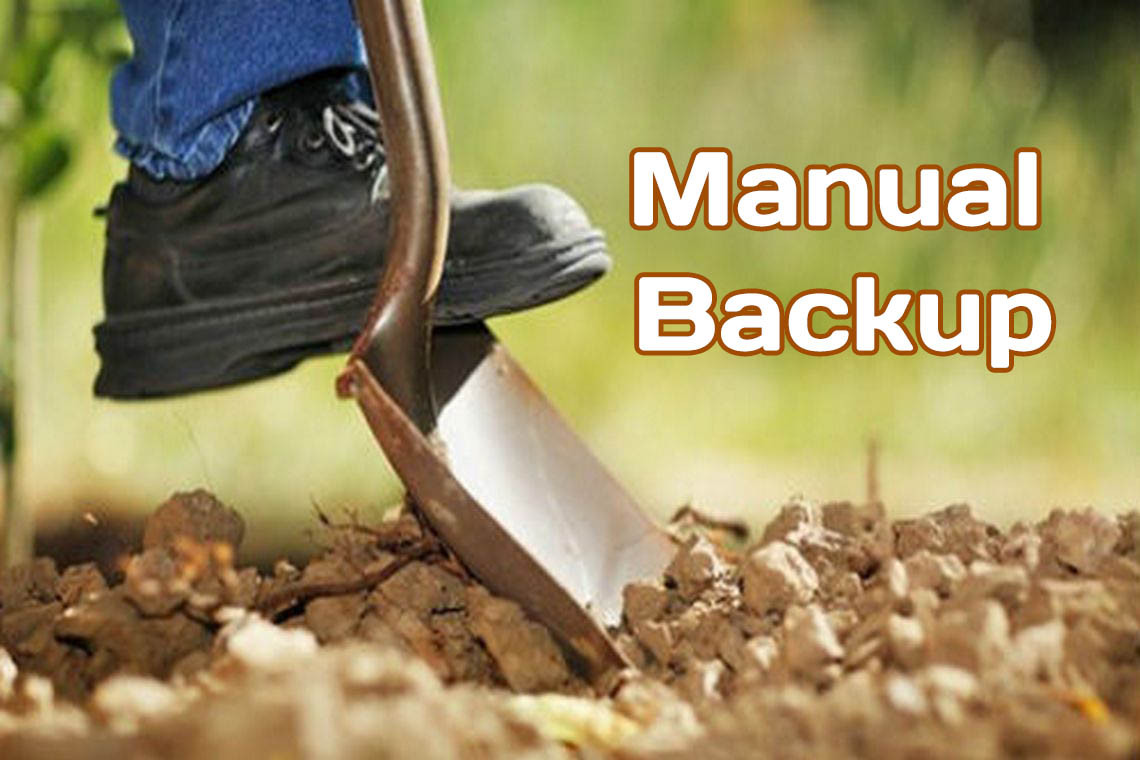All DBAs should know how to back up a Oracle database. Even more critical, a DBA must be able to restore and recover a database 12C. When media failures occur, everybody looks to the DBA to get the database up and running. There are two common, yet very different, Oracle approaches for backup and recovery:
- User-managed approach
- RMAN approach
User-managed backups are aptly named because you manually perform all steps associated with the backup or recovery, or both. There are two types of user-managed backups: cold backups and hot backups. Cold backups are sometimes called offline backups because the database is shut down during the backup process. Hot backups are also referred to as online backups because the database is available during the backup procedure.
RMAN is Oracle’s flagship backup and recovery tool. It automates and manages most aspects of backup and recovery. For Oracle backup and recovery, you should use RMAN. So, why have a articles about user-managed backups when this approach has been gathering dust for more than a decade? Consider the following reasons for understanding user-managed backup and recovery:
- You still find shops using user-managed backup and recovery techniques. Therefore, you’re required to be knowledgeable about this technology.
- Manually executing a user-managed backup, restore, and recovery solidifies your understanding of the Oracle backup and recovery architecture. This helps immensely when you’re troubleshooting issues with any backup and recovery tool and lays the foundation of core knowledge for key Oracle tools, such as RMAN and Data Guard.
- You’ll more fully appreciate RMAN and the value of its features.
- Nightmarish database recovery stories recounted by the old DBAs will now make sense.
For these reasons, you should be familiar with user-managed backup and recovery techniques. Manually working through the scenarios in this blog will greatly increase your understanding of which files are backed up and how they’re used in a recovery. You’ll be much better prepared to use RMAN. RMAN makes much of backup and recovery automated and push-button. However, knowledge of how to back up and recover a database manually helps you think through and troubleshoot issues with any type of backup technology.
My blog begins with cold backups. These types of backups are viewed as the simplest form of user-managed backup because even a system administrator can implement them. Next, the blog discusses hot backups. You also investigate several common restore-and-recovery scenarios. These examples build your base knowledge of Oracle backup and recovery internals.
![]() Tip In Oracle 12c, you can perform user-managed hot backups and cold backups on pluggable databases; the user-managed backup and recovery technology works fine. However, I would strongly recommend that you use RMAN to manage backup and recovery in a pluggable environment. When connected to either the root container or a pluggable container, RMAN automatically determines which data files need to be backed up, their locations, and how to restore and recover. This task quickly becomes unwieldy for user-managed backups, in which the DBA has to manage this information for the root container and, potentially, numerous pluggable databases.
Tip In Oracle 12c, you can perform user-managed hot backups and cold backups on pluggable databases; the user-managed backup and recovery technology works fine. However, I would strongly recommend that you use RMAN to manage backup and recovery in a pluggable environment. When connected to either the root container or a pluggable container, RMAN automatically determines which data files need to be backed up, their locations, and how to restore and recover. This task quickly becomes unwieldy for user-managed backups, in which the DBA has to manage this information for the root container and, potentially, numerous pluggable databases.



